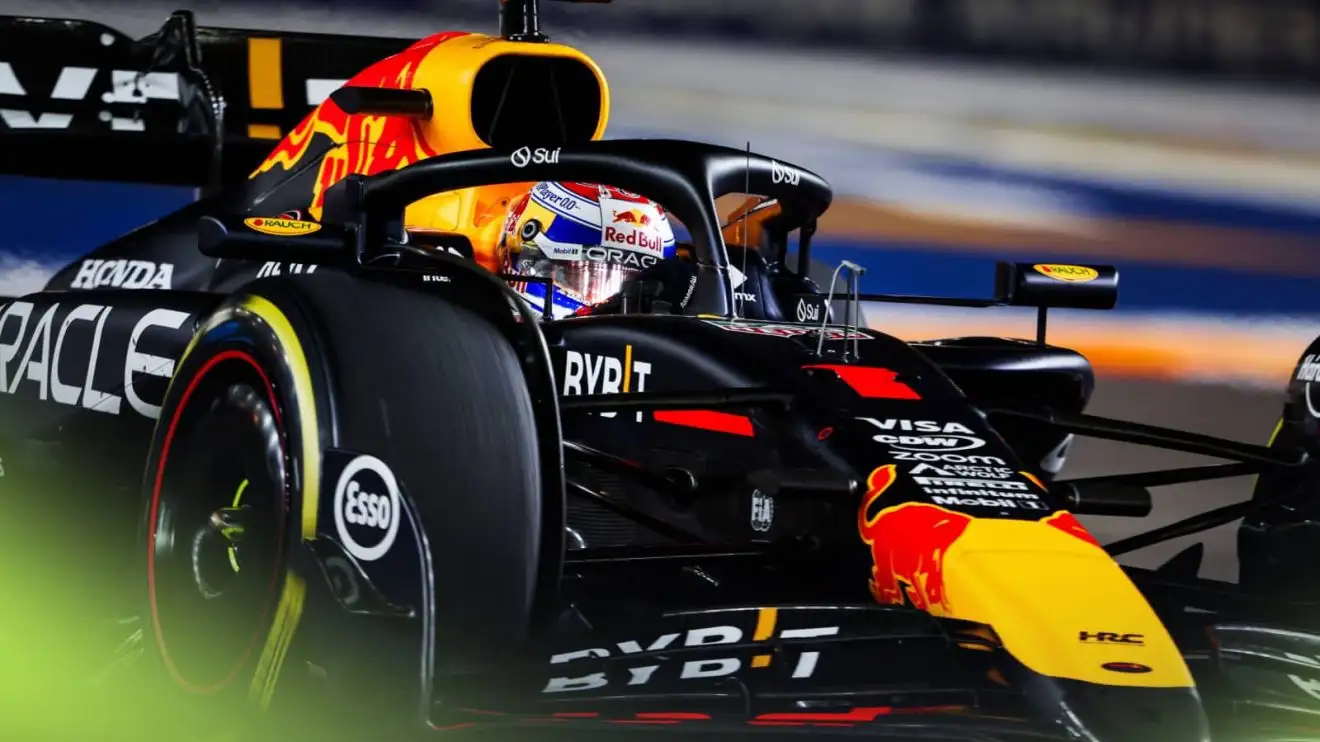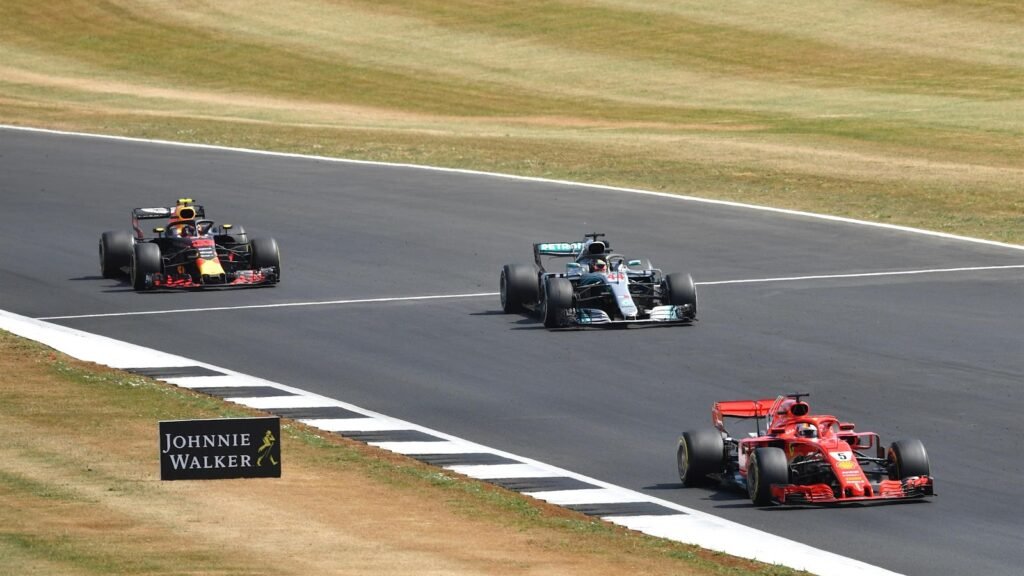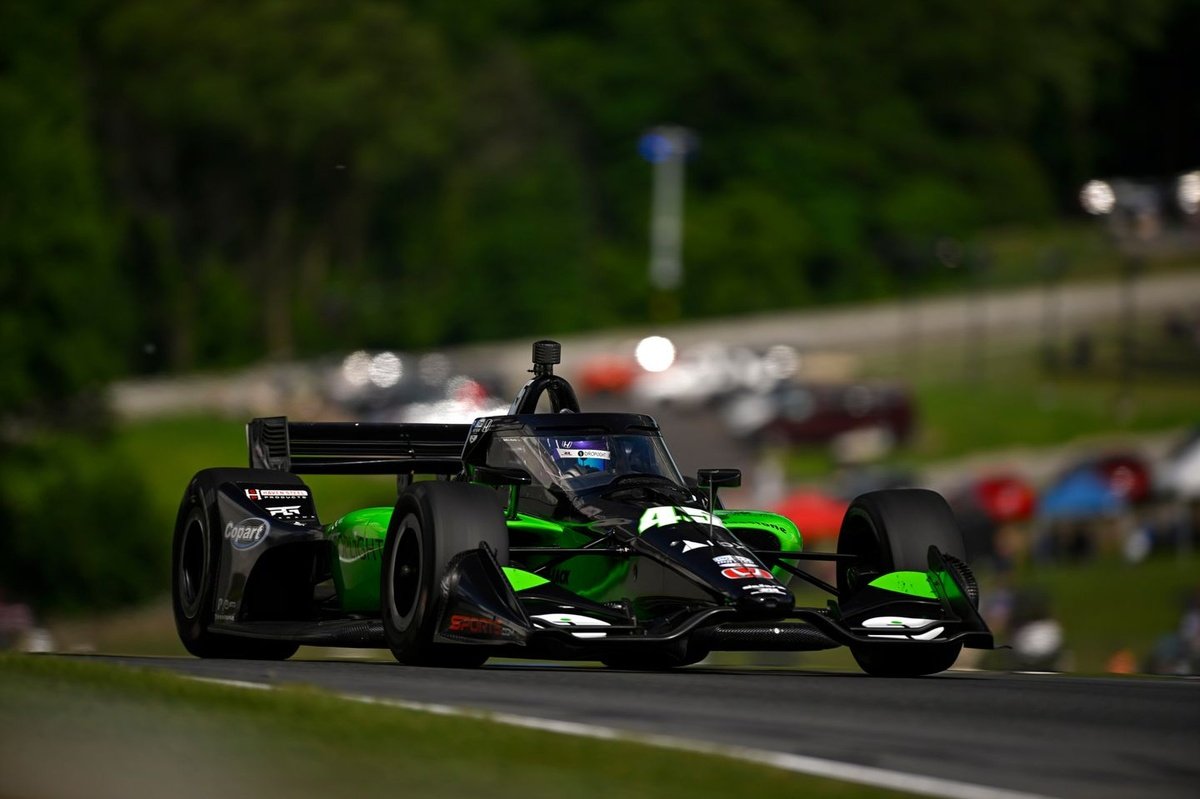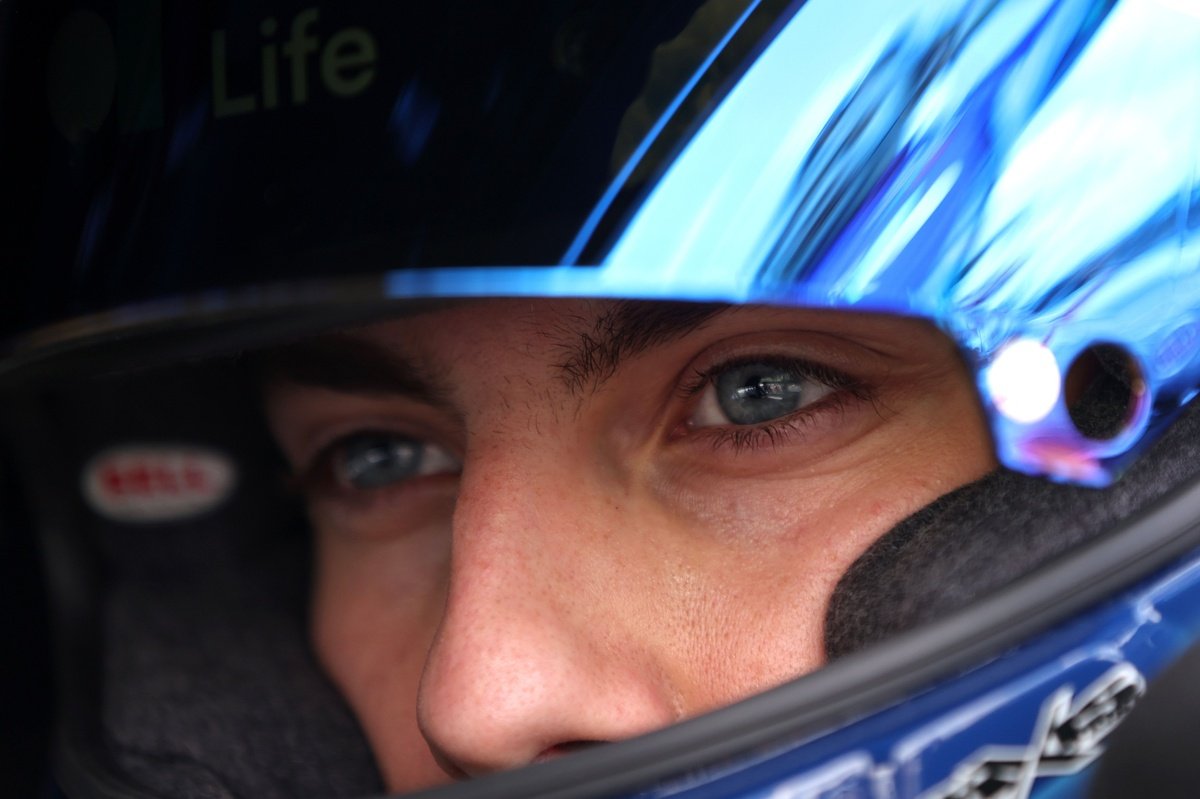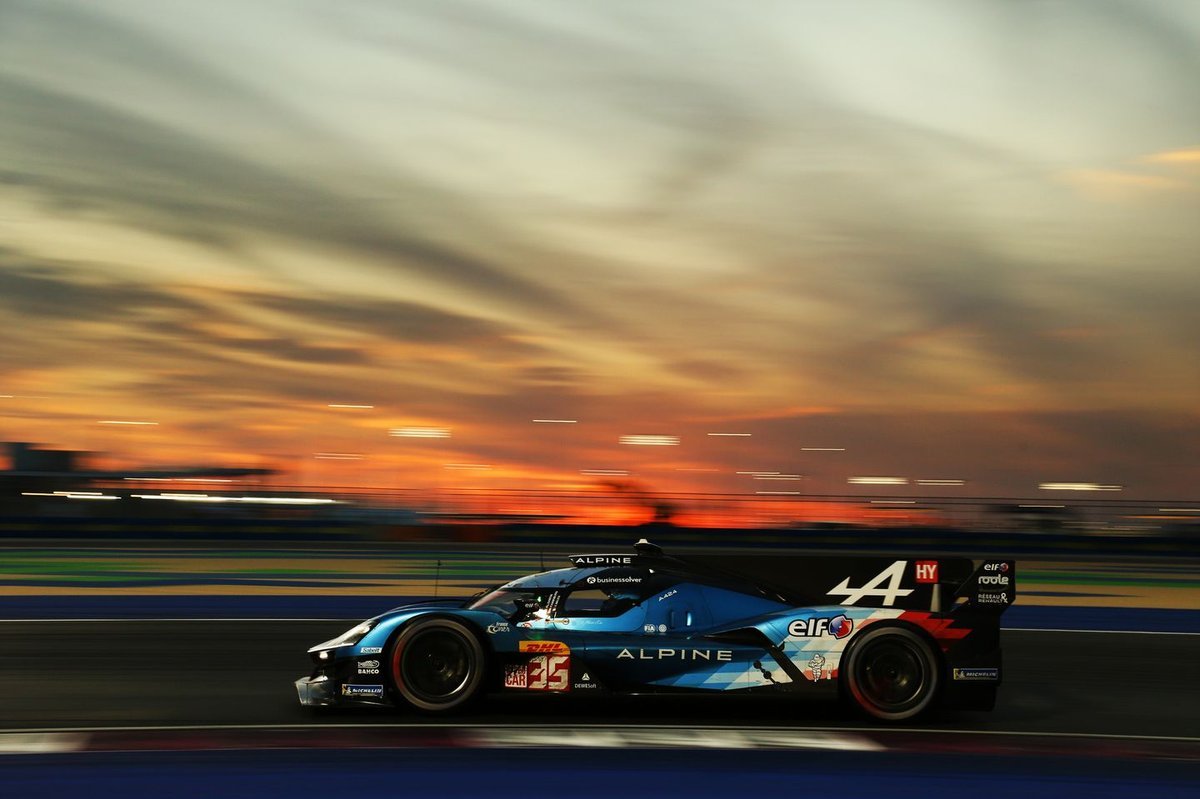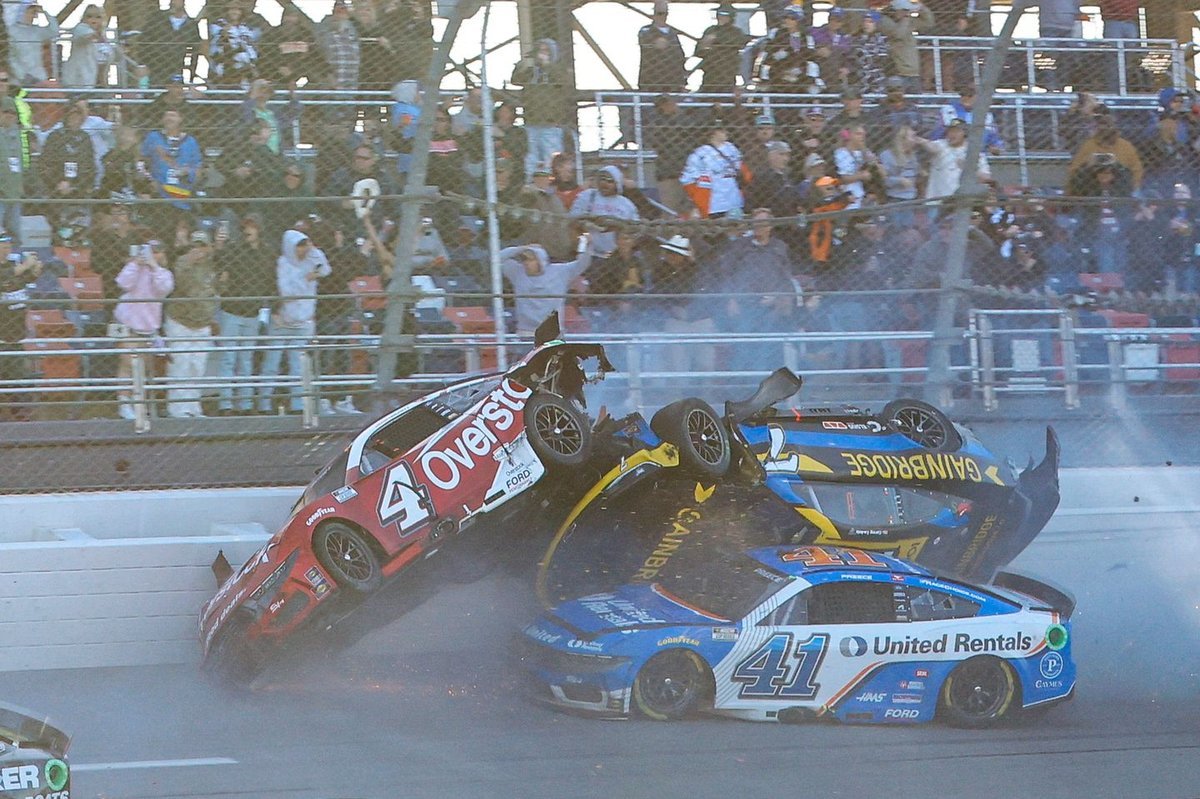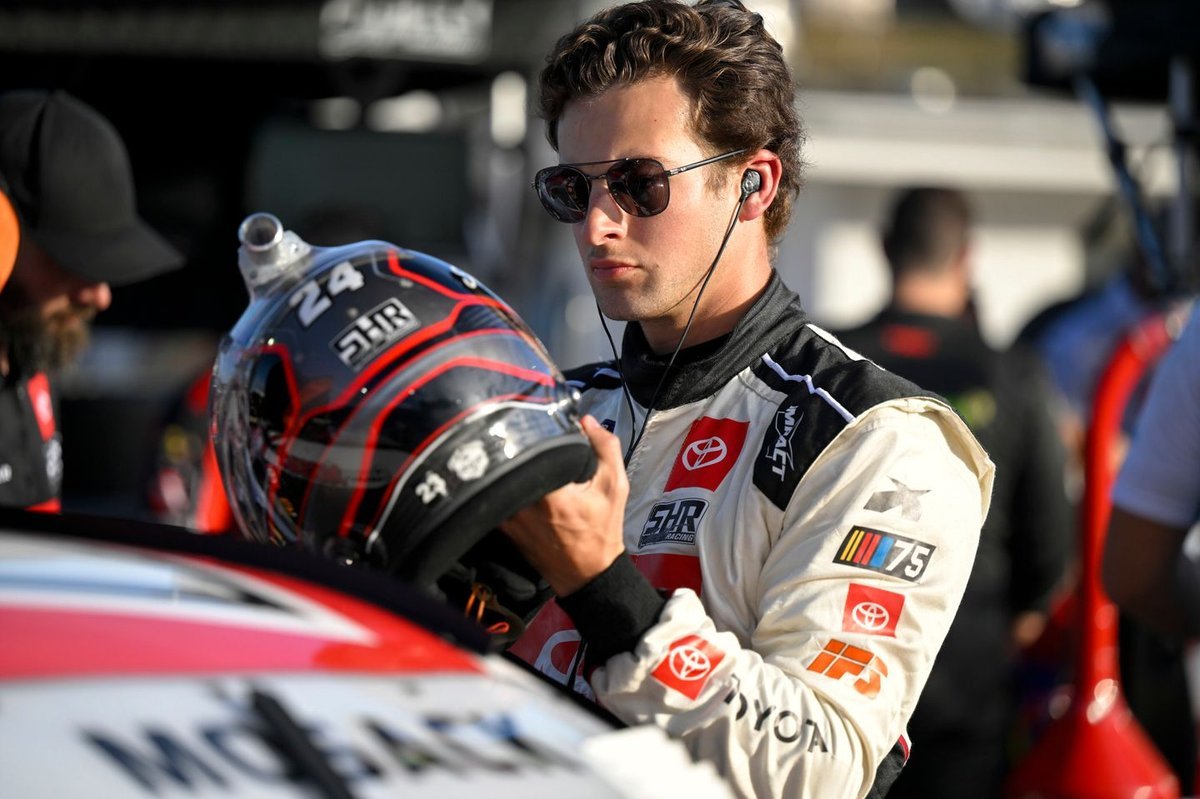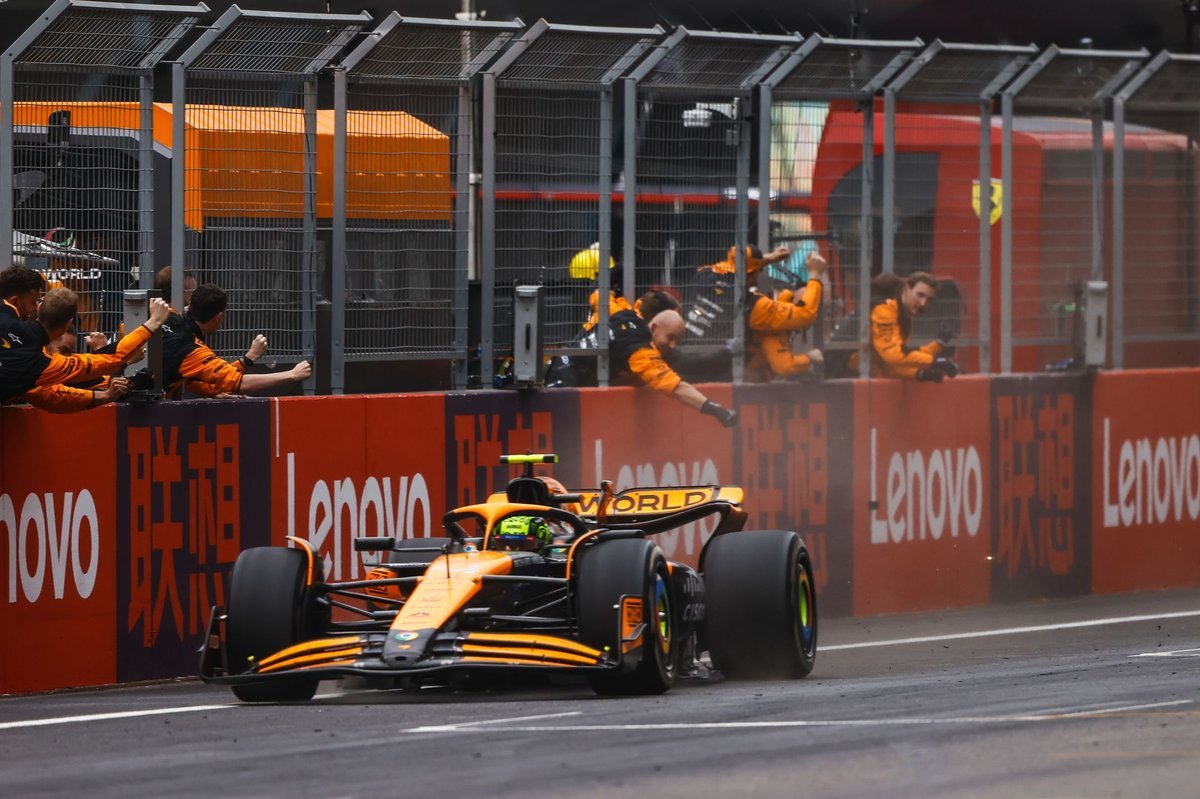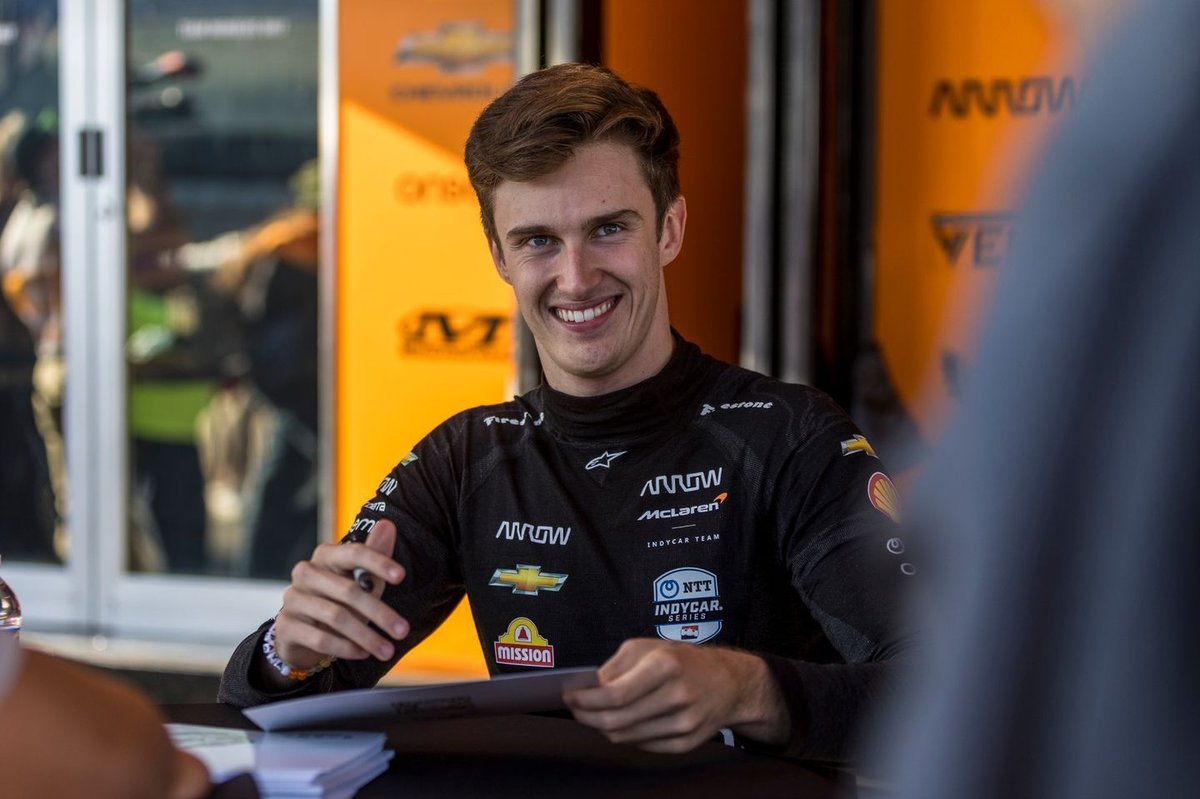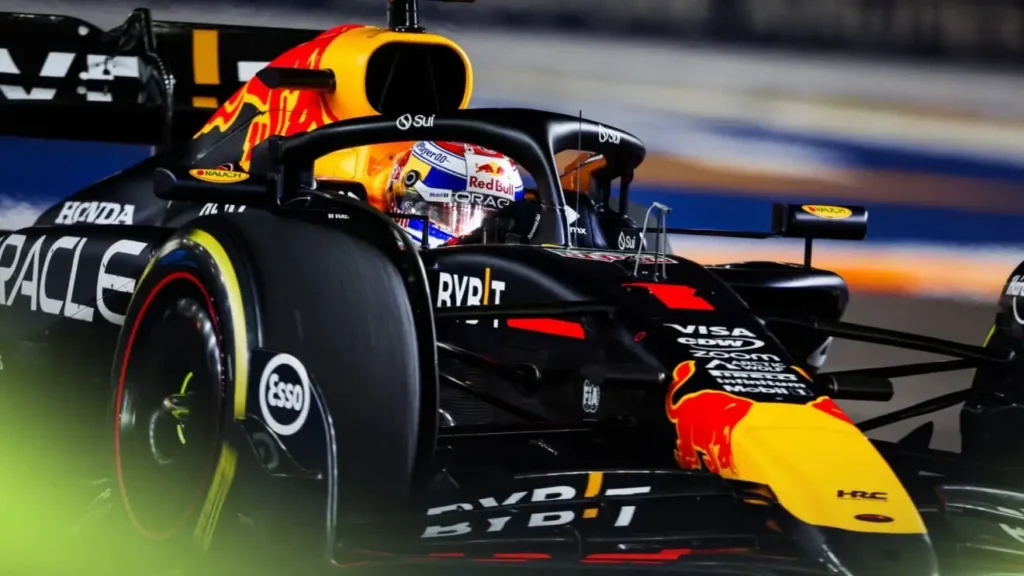
Source – Planetf1.com
Adrian Newey, a former Red Bull chief technology officer, thinks that the RB20’s problematic growth trajectory from the previous year may have been caused in part by “inexperience.”
Red Bull’s 2024 Formula 1 season was a tale of two halves, a narrative of early dominance unraveling into a perplexing mid-season struggle. The RB20, which had begun the year as an extension of its all-conquering predecessor, seemed poised for another championship sweep. Max Verstappen had settled into an early championship lead, and Red Bull appeared untouchable. But as the season progressed, cracks began to form, and the reigning world champions found themselves battling unexpected headwinds.
The shift in Red Bull’s fortunes became apparent as the competition closed in. McLaren, Mercedes, and Ferrari chipped away at the team’s lead, exposing weaknesses that had previously gone unnoticed. For a team accustomed to perfection, the struggles of the RB20 were an enigma. Christian Horner attributed the decline to correlation issues between Red Bull’s wind tunnel data and real-world performance, an unsettling reality that left the team scrambling for answers. The car’s behavior became increasingly unpredictable, and even Verstappen, known for his adaptability, found himself wrestling with its handling. Meanwhile, Sergio Perez struggled to keep pace, exacerbating Red Bull’s problems as their advantage in the Constructors’ Championship waned.
The timing of Adrian Newey’s departure only deepened the intrigue. Red Bull’s legendary chief technical officer had announced his decision to leave in May, coinciding eerily with the team’s downturn in performance. While Newey’s influence was undeniable, the team initially brushed off any notion that his absence could be responsible for the slump. Yet, as the season unfolded, his words would carry weight that was impossible to ignore.
Now preparing for his next chapter with Aston Martin, Newey has finally opened up about what he believes went wrong at Red Bull. His observations were not only revealing but also a stark reminder of the fine margins that dictate success in Formula 1. According to Newey, Red Bull’s decline had not started in 2024—it had been brewing since the final stages of the 2023 season.
Speaking to German publication Auto Motor und Sport, Newey noted that the RB20, like its predecessor, had become increasingly difficult to drive. While Verstappen managed to compensate with his exceptional skill, Perez struggled, widening the performance gap between the two drivers. Newey suspected that Red Bull’s engineers had continued down a developmental path that, in hindsight, may have been misguided.
The fundamental issue, according to Newey, was that the RB20 had approached the theoretical limits of the current ground-effect regulations. As teams pushed closer to these boundaries, aerodynamic instabilities became more pronounced. Unlike the old ground-effect cars with sealed skirts, the modern machines rely on managing air leakage, which creates a precarious balance between downforce and stability.
Newey’s concerns about this instability had been growing before his departure, but he believed they were not fully acknowledged within the team. He suggested that a lack of experience in dealing with such extreme aerodynamic behaviors led Red Bull to persist with a philosophy that ultimately backfired. As the season wore on, even Verstappen struggled to extract performance from a car that had once seemed unbeatable.
The idea that setup adjustments could resolve these issues was something Newey dismissed as overly simplistic. While changes in setup can mask some problems, they cannot fundamentally alter the car’s underlying characteristics. The real issue, in his view, was that Red Bull had pursued a concept that had diminishing returns, a problem exacerbated by increasingly competitive rivals.
Despite their mid-season slump, Red Bull managed to claw back some performance towards the end of the season. A revised floor introduced at the United States Grand Prix appeared to reset the team’s trajectory, allowing Verstappen to reclaim his dominance with wins in Brazil and Qatar. While Christian Horner emphasized Red Bull’s resilience and depth of talent, the recovery raised an important question—how much of Red Bull’s struggles were down to Newey’s absence, and how much were due to fundamental design missteps?
Newey’s exit marks the end of an era for Red Bull, but his legacy is undeniable. His move to Aston Martin signals a new challenge, where he will hold both a technical and strategic role within the team. However, his lingering involvement with Red Bull’s RB17 project remains a fascinating subplot, suggesting that his ties to the Milton Keynes squad are not entirely severed.
In the grand scheme of Formula 1, the 2024 season may be remembered as the moment Red Bull was forced to rethink its approach. Whether this was merely a bump in the road or the beginning of a more significant shift remains to be seen. One thing is certain—Adrian Newey’s insights into Red Bull’s struggles will be dissected for years to come, as the sport hurtles toward a new regulatory era in 2026. And with Newey now at Aston Martin, the battle for supremacy in Formula 1 is about to become even more intriguing.

